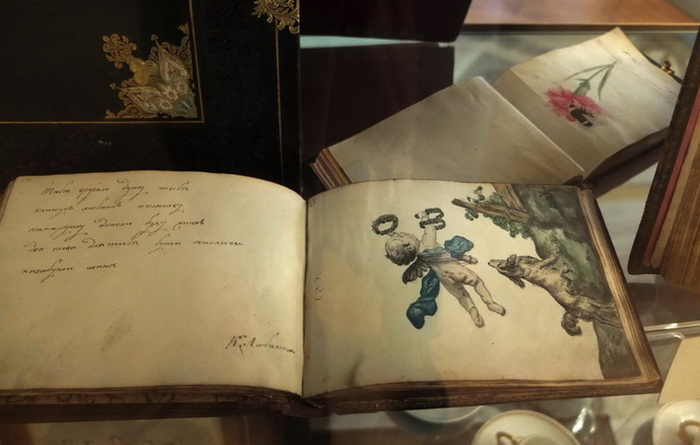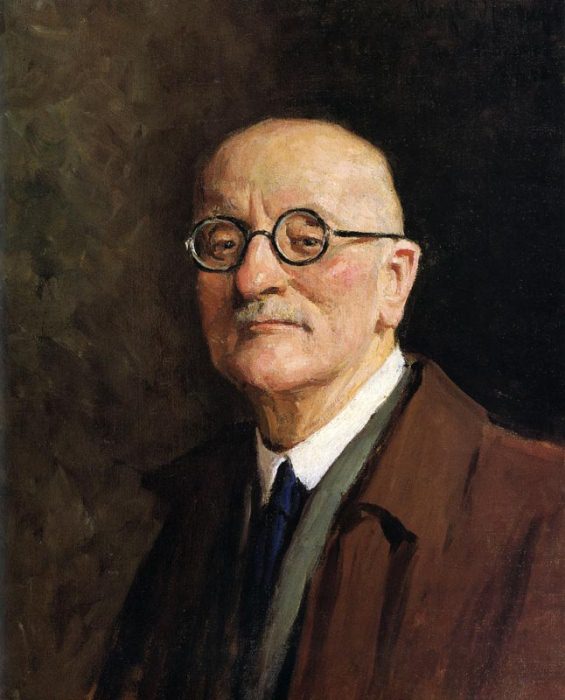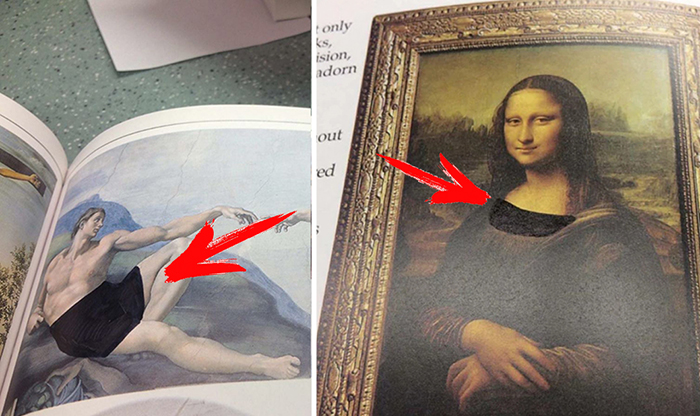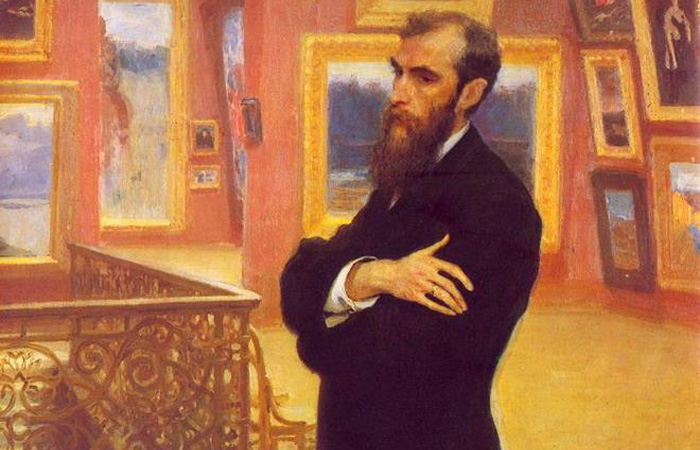INTERIOR STYLES AND PAINTINGS
 Avant-garde-style, in which color or form, necessarily contrast with each other.
Avant-garde-style, in which color or form, necessarily contrast with each other.
In the avant-garde can be combined completely incompatible objects and materials.
In choosing paintings for the avant-garde style of the plot is not so important, the main thing is to choose the right color and texture.
Empire-the style of Napoleon I, which emphasizes luxury, splendor and power. External effect in Empire valued more, than convenience.
The plot of the paintings for the Empire style is diverse – it can be portraits, still lifes, hunting scenes, scenes of military campaigns, mythological subjects, landscapes, seascapes, etc. – the main thing is that they emphasize the luxury of the interior.In Empire widely used trellis hanging paintings – this is when the paintings are placed on the wall from top to bottom close, without gaps.
English style suggests restrained, impeccable taste. The main characteristics of the style-loyalty to tradition and comfort.
In choosing paintings you need to have taste and take into account the aristocracy and elegance of the English style.
For this style, the plot is not so important – it can be portraits, still lifes, hunting scenes, horses, landscapes, seascapes, etc.
Art Deco is a bourgeois style that combines the traditions of Rome, Egypt, Greece, China, Japan, boldly combining elements of antiquity with new design ideas, classics with Oriental motifs.
Everything in art Deco style aspires to luxury and wealth.
African style covers the interior features of the inhabitants of Africa.
The interiors reproduce the picture of the world, so use natural colors, natural materials, furs and leather.
For African style interior suitable paintings depicting animals and nature of Africa, African ornaments, stylization of African arts and crafts.
The Baroque interior style is characterized by ostentatious luxury, pomp and pretentiousness.
In this style is considered a good tone demonstration of wealth owner.
Paintings and works of art in the Baroque interior contribute to a sense of wealth and power.
The Baroque interior is usually decorated with originals or copies of paintings of the XVII-XIX centuries in luxurious frames with an abundance of stucco.
Biedermeyer-style in German and Austrian design, which replaced the Empire. The main feature of biedermeyer’s style is idealism.
Interiors in the Biedermeier style are distinguished by: laconism, the predominance of light shades, the desire to preserve free space and the rejection of architectural and decorative excesses – why the interior is perceived as simple and psychologically comfortable.
The painting is often dominated by idyllic domestic scenes, paintings are chamber in nature.
In the plot of the paintings can be traced themes of national history and folklore, especially from the world of German fairy tales.
Boho, boho-chic is a mixture of different interior styles: country, high-tech, modern, military, Victorian, Empire, romantic, Gothic, hippie and ethnic motifs.
The style boho chic is a complete freedom from the conventions and promoting all forms of expression: bright colors; lace; knit; abundance of textiles; fading; glossy surface; fringe; bright, saturated and cheerful color combinations; mix of items from different eras.
The subjects of the paintings can remind of the romance of the road and exciting journeys, various plant, ethnic or geometric patterns are appropriate.
In the boho-chic interior, works of art are designed to create a festive, fun and relaxed atmosphere.
Boho-chic style is created from small details and there are no restrictions in their quantity.
The word vintage came from France, French winemakers designated them wine long-term exposure.
An important feature of vintage – style interiors is deliberate symmetry. Symmetrical arrangement of furniture, interior items and paintings is welcomed in the interior. Decorative elements should be worn and aged.
In vintage interiors there is a huge number of interior items: vases, mirrors, paintings, graphics, clocks, figurines.
Paintings in the interior vintage placed on the wall in pairs, observing the symmetry or trellis hanging method, using the entire space of the wall-the main thing that all the works were aged frames.
Oriental style covers the interior features typical for the inhabitants of the East: Japan, China, India, Korea, Thailand, Indonesia, Turkey and other countries of the Near, Middle and Far East.
Oriental style interiors are usually decorated with paintings depicting ornament, nature, animals, household or religious subjects.
Gothic dominated in Western Europe in XIII-XV centuries.
The Gothic era is the heyday of book miniatures and the appearance of easel painting.
Religious subjects were mainly used in painting and drawing.
Paintings in the Gothic interior can be combined with forging, sculpture and decorative panels.
Egyptian style is a kind of African interior style.
The Egyptian style of the interior is distinguished by the presence of geometric ornaments and ancient Egyptian symbols.
The plot of the paintings in the Egyptian interior should emphasize the theme of the interior-Egyptian ornament or images: pyramids, desert, Sphinx, scarab, pharaohs, gods, sun, Lotus, etc.
Indian style is a kind of Oriental interior style-a combination of luxury, gold, sophistication and fine taste with asceticism, modesty, simplicity of lines and shapes.
The interior of the Indian style is usually decorated with bright paintings depicting nature, animals, ornaments and symbols, household or religious subjects.
Country-rustic style interior. The country style harmoniously combines rustic simplicity and flavor of different countries.
The plot of the paintings for the country style is diverse – it can be portraits, still lifes, landscapes, seascapes, genre scenes, etc.
Chinese style is based on the teachings of Feng Shui. There are only two genres in Chinese art: Shan Shui (mountains and water) and Hua nao (birds and flowers).
In the kitchen it is advisable to hang paintings rich green color, because the cooking food process relate to the elements of the Tree.
In the nursery you can hang a picture: with the globe – for success in training horses (patron of children) for rapid mental development, perseverance and endurance.
In the study: mountains-a symbol of stability and reliability; waterfall – stimulating element of water, which brings good luck and wealth.
In the bedroom, it is advisable to avoid dynamic pictures, as this is a place to relax.
Classic interior is always relevant, because the materials, furniture and accessories used in the premises of this style will never go out of fashion.
The plot of the paintings for the classical style is diverse – it can be still lifes, landscapes, seascapes, cityscapes, portraits, images of animals, genre painting, etc.’
Colonial style-a combination of European classics with the traditions of African, Eastern, Asian and Latin American styles.
Colonial style interior appeared in the XV-XVII centuries, when Europeans discovered new countries and created colonies of settlers who brought to the native culture of the interior features of the country where they were.
European classics and paintings with ethnic themes can coexist in the colonial style of the interior.
Constructivism – Soviet avant-garde trend in the early 20s.
Constructivism is based not on composition but on construction.
Constructivism in design does not tolerate any decorative elements and details.
In constructivism dominates straightness; shape repeated geometrical figures – square, rectangle, triangle; colour – simple, often white.
Contemporary-style interior, which originated in the late XIX century on the basis of the Scandinavian style.
The main features of contemporary style: functionality, laconism, comfort, simplicity, harmony and integrity of space; ease of layout, interchangeability of interior items; clear shapes, smooth surfaces, straight or gently rounded lines.
For contemporary is characterized by a muted color palette, characterized by a large number of white, cream, gray, brown tones.
Neutral gamma of contemporary interior serves as a background for saturated colors of accessories and paintings.
The style of contemporary interior paintings can be any: ethno, classic, pop art, retro, avant-garde, etc.
New York style Loft is an open space interior without unnecessary walls and partitions, huge glass walls, Windows, emphasized ascetic interior.




